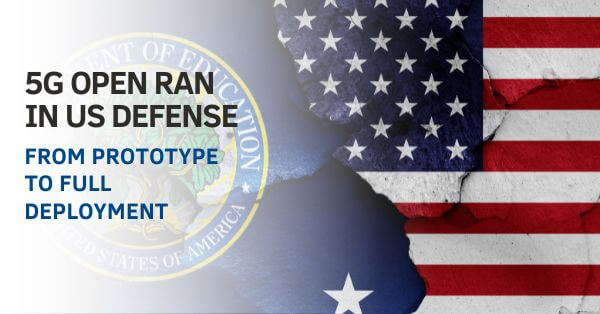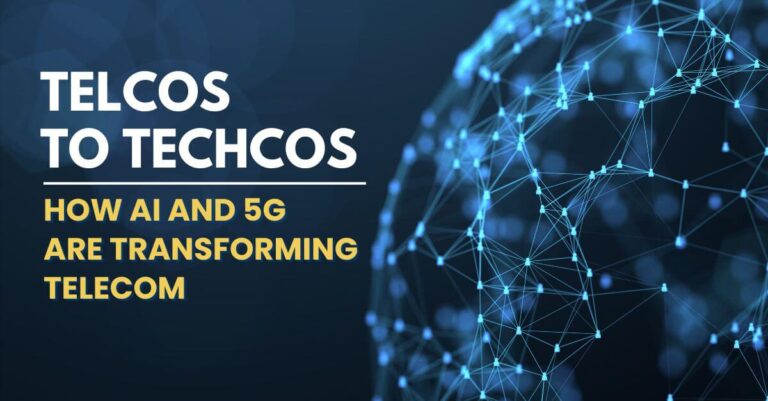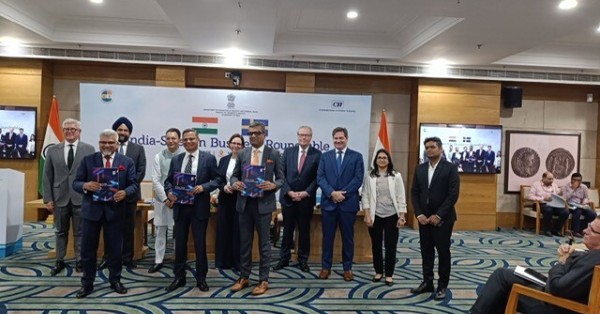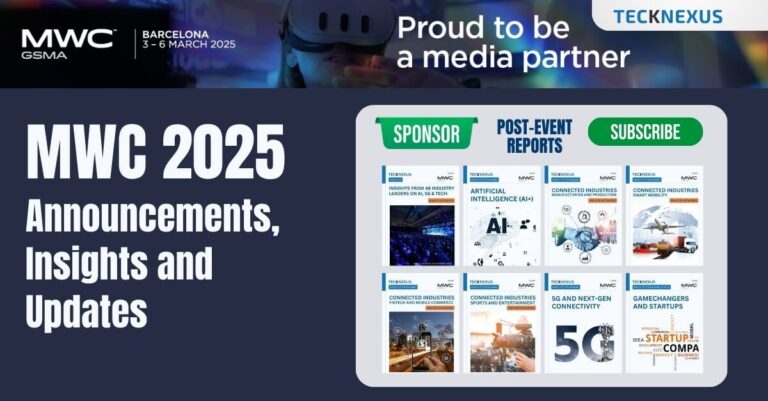At SIGGRAPH 2025, NVIDIA unveiled a new suite of tools designed to accelerate robotics development, combining simulation, synthetic data generation, and AI-powered reasoning. The company’s latest innovations include Omniverse NuRec libraries for large-scale 3D world reconstruction, new Cosmos foundation models for spatial reasoning and synthetic data generation, and updated AI infrastructure powered by NVIDIA RTX PRO Blackwell Servers and NVIDIA DGX Cloud.
These releases aim to help developers build physically accurate digital twins, train AI-powered robots, and deploy next-generation autonomous systems faster.
Omniverse NuRec Delivers Advanced 3D Reconstruction for Robotics Simulation
The new Omniverse NuRec libraries enable developers to create realistic simulations using 3D Gaussian splatting, a technique that reconstructs physical environments from sensor data. This capability is being integrated into CARLA, a leading open-source simulator for autonomous vehicle development used by more than 150,000 developers.
Key enhancements include:
-
Interoperability between MuJoCo (MJCF) and OpenUSD – allowing over 250,000 robotics developers to simulate across platforms seamlessly.
-
Integration with NVIDIA Isaac Sim 5.0 and Isaac Lab 2.2, now available on GitHub, for improved simulation-to-reality accuracy.
-
Partnerships with companies such as Foretellix, Voxel51, and Boston Dynamics to enhance scalable, physically accurate synthetic data generation.
By combining ray-traced rendering with AI-powered reconstruction, developers can test robots in complex, physics-accurate virtual environments before real-world deployment.
Cosmos AI Models Power Scalable Synthetic Data and Robotics Reasoning
NVIDIA’s Cosmos world foundation models (WFMs) have already surpassed 2 million downloads. These AI models allow developers to generate diverse datasets from text, image, and video prompts for robotics training at scale.
Cosmos Transfer-2
-
Accelerates photorealistic synthetic data generation from 3D simulations or spatial control inputs like depth maps and segmentation data.
-
A distilled version reduces the generation process from 70 steps to just one, enabling faster training cycles on RTX PRO Servers.
Cosmos Reason
-
A 7-billion-parameter Vision Language Model (VLM) designed for robotics and physical AI.
-
Adds human-like reasoning capabilities, allowing AI agents to break down multi-step tasks and adapt to unfamiliar environments.
-
Supports applications in data curation, robot planning, and video analytics for industries from manufacturing to smart cities.
Industry adoption is already underway, with Uber using Cosmos Reason for autonomous vehicle dataset annotation and Magna integrating it into its City Delivery platform for last-mile logistics.
RTX Blackwell Servers and DGX Cloud Drive Robotics AI Performance
To run demanding robotics workloads, NVIDIA introduced:
-
NVIDIA RTX PRO Blackwell Servers – a unified architecture for training, simulation, and deployment.
-
NVIDIA DGX Cloud – now available via Microsoft Azure Marketplace, offering fully managed Telco Cloud environments for streaming OpenUSD and RTX-based applications at scale.
Early adopters include Accenture and Hexagon, using the cloud-based platform to streamline large-scale simulation workflows.
NVIDIA Expands Robotics Developer Ecosystem With OpenUSD Training
NVIDIA also announced initiatives to expand robotics and simulation expertise:
-
OpenUSD Curriculum and Certification – developed with partners like Adobe, Amazon Robotics, Autodesk, and Siemens to address growing demand for USD skills.
-
Open-source collaboration with Lightwheel – integrating advanced reinforcement learning capabilities into Isaac Lab.
With these tools, NVIDIA is positioning itself as a core enabler for the next generation of AI-powered robotics, bridging the gap between digital simulation and physical reality.
How NVIDIA’s AI-Driven Robotics Tools Shape the Industry’s Future
By merging AI reasoning with physics-accurate simulation, NVIDIA is targeting a major bottleneck in robotics: training AI systems that can operate safely, efficiently, and adaptively in the real world. The combination of Omniverse NuRec, Cosmos Reason, and robust AI infrastructure provides a complete pipeline—from world reconstruction to reasoning and deployment.
This shift could accelerate progress across industries, from autonomous vehicles and manufacturing to logistics and smart city infrastructure.




























